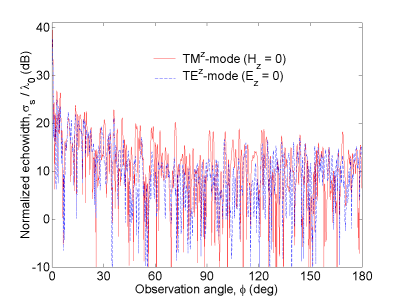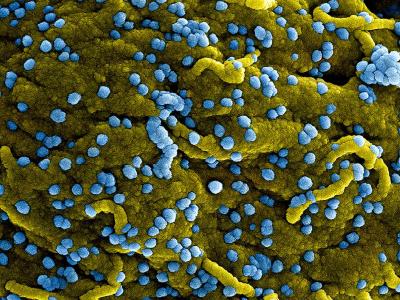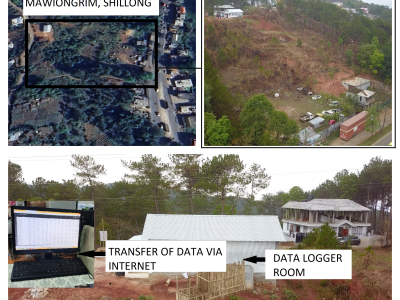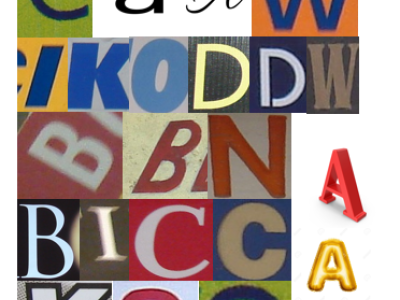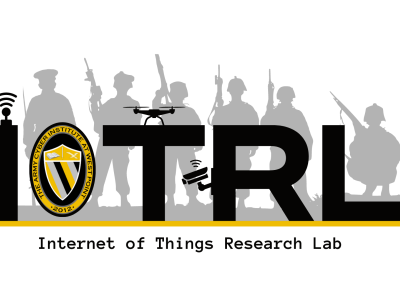
The Army Cyber Institute (ACI) Internet of Things (IoT) Network Traffic Dataset 2023 (ACI-IoT-2023) is a novel dataset tailored for machine learning (ML) applications in the realm of IoT network security. This effort focuses on delivering a distinctive and realistic dataset designed to train and evaluate ML models for IoT network environments. By addressing a gap in existing resources, this dataset aims to propel advancements in ML-based solutions, ultimately fortifying the security of IoT operations.
- Categories:
